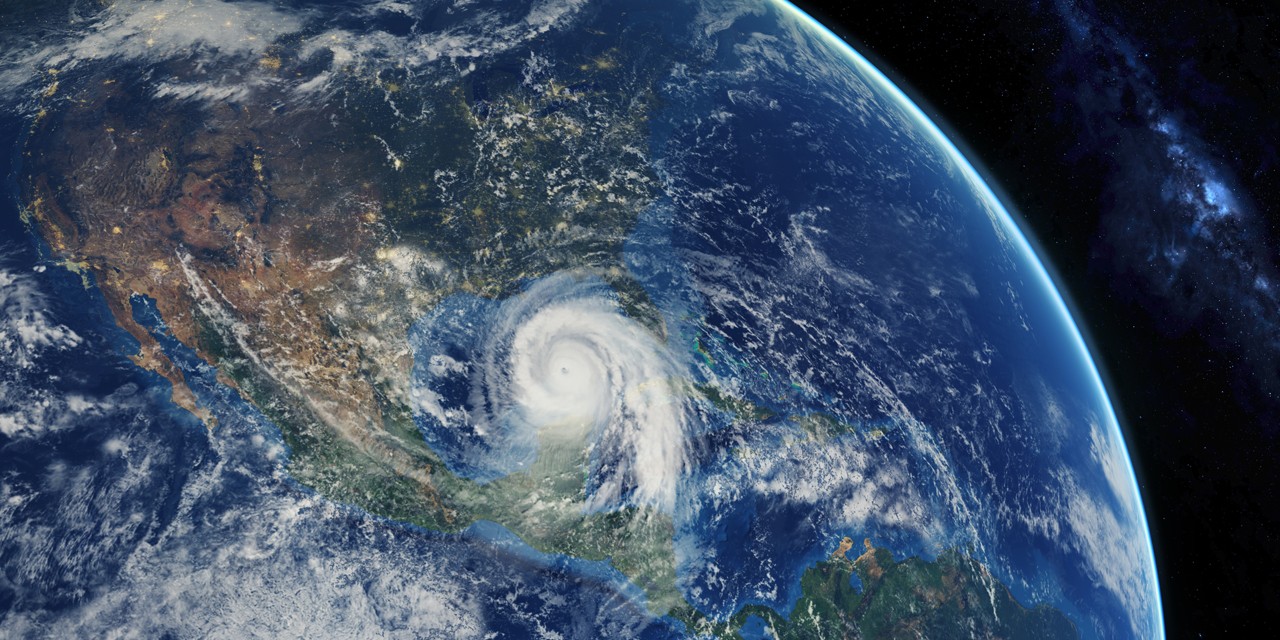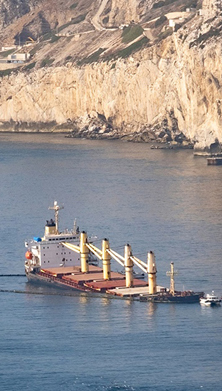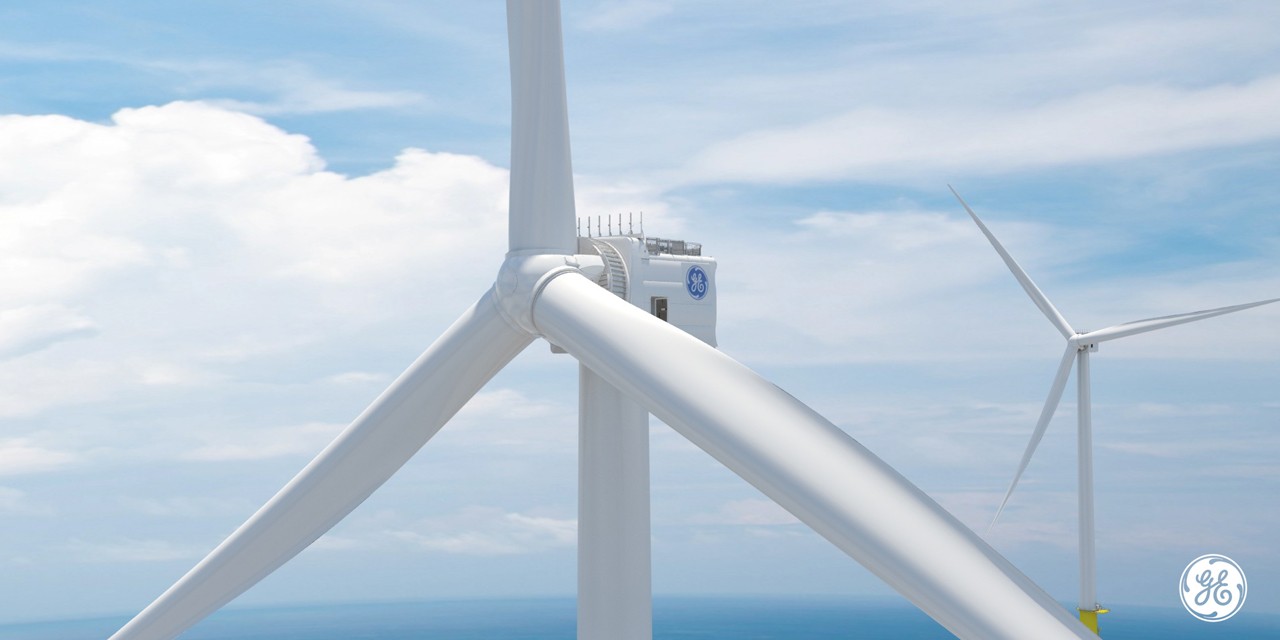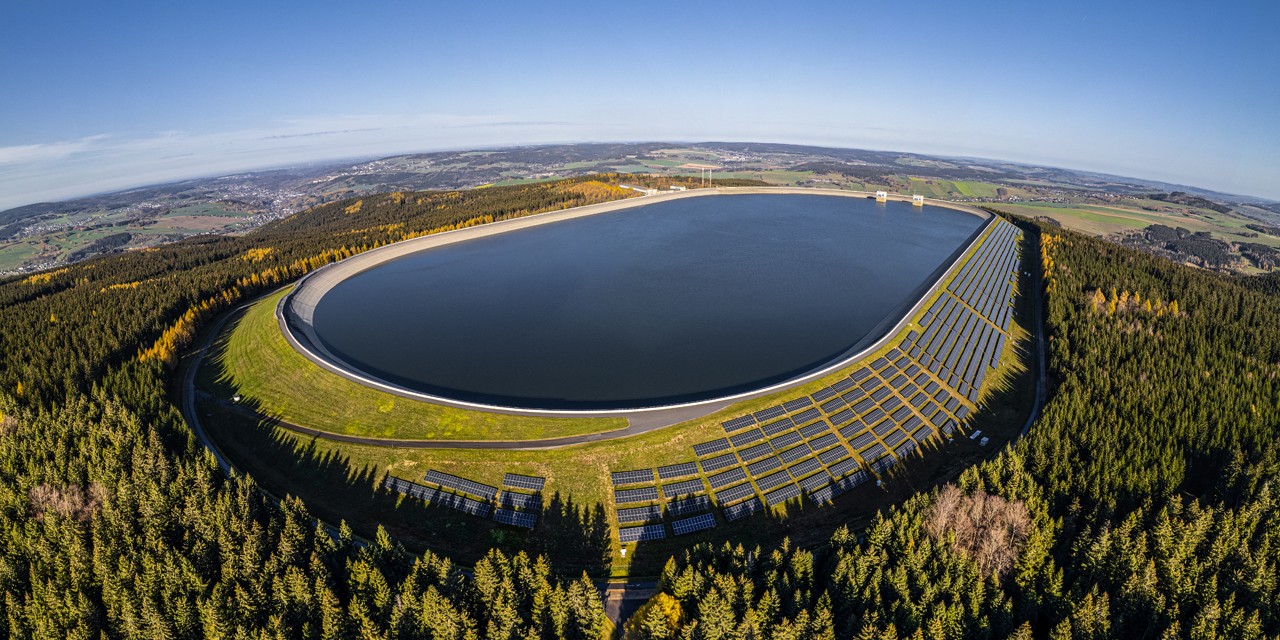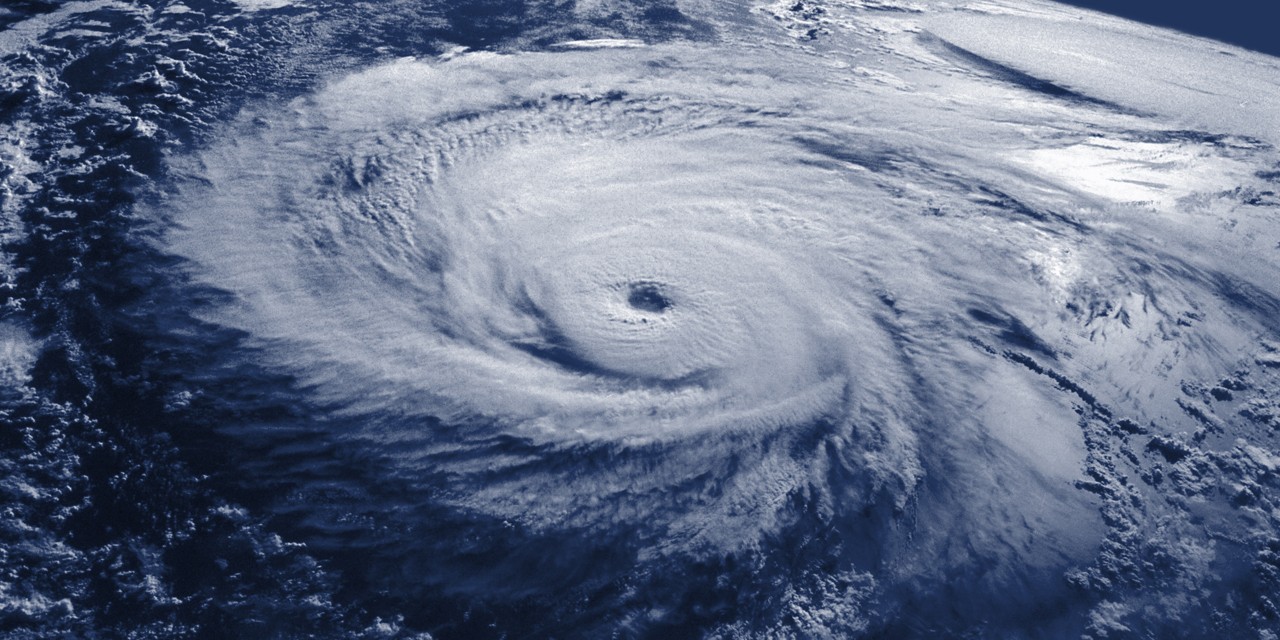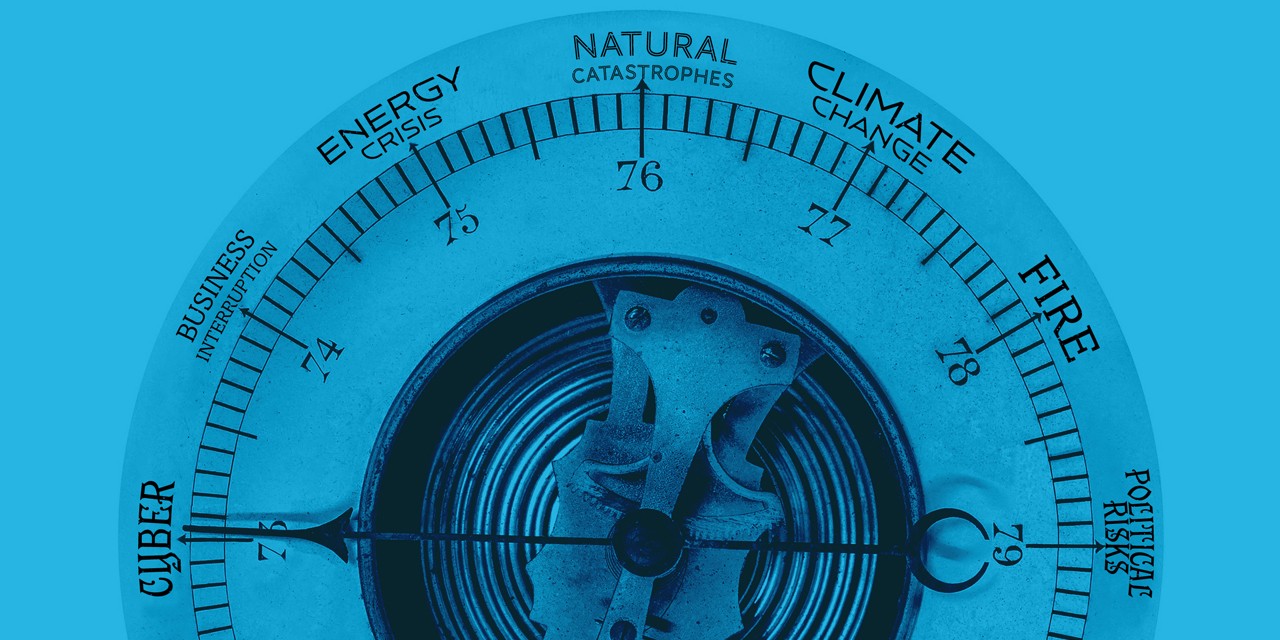- Deep sea mining proposes to open up vast new areas of the deep oceans to mineral extraction
- This is a newly emerging industrial activity with first generation regulations and global licensing still under development
- Risks are identified regarding transparency, regulatory control and environmental impact
Key findings
Introduction
Deep sea mining (“DSM”) is a newly emerging industrial activity that is beginning to enter into the risk landscape for both insurers and investors. DSM is the process of retrieving mineral deposits from the deep sea, which is defined as the area of the ocean below 200m and which covers about 65% of the Earth’s surface.
This Risk Briefing aims to outline proposals for DSM and identify some of the key environmental, social and governance (ESG) and reputational risks that might emerge from this industrial activity.
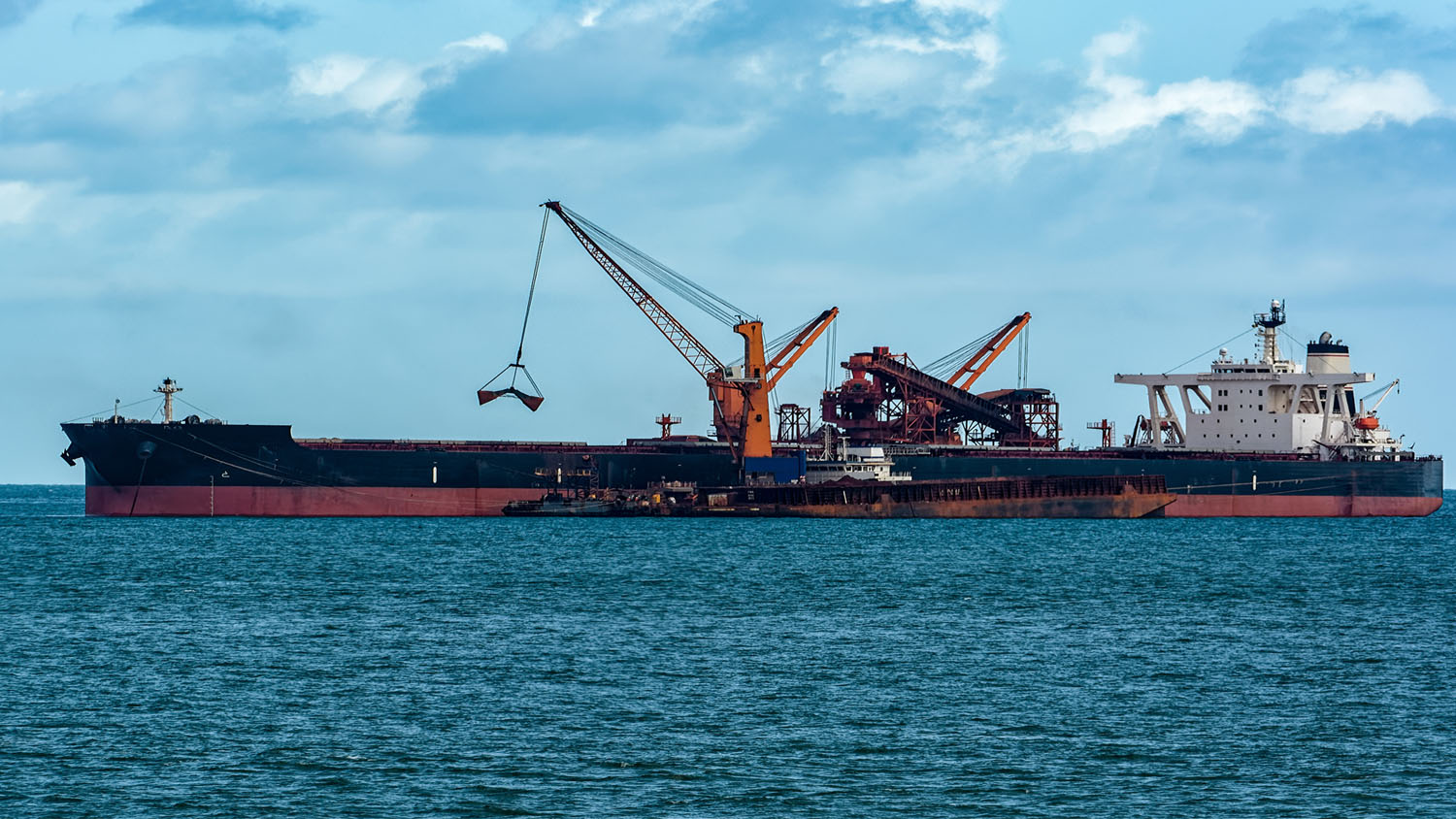
Deep Sea Mining – An Emerging Industry
While no industrial-scale DSM activities are, as yet, underway, it is not unlikely that the first such extraction activities will begin within the next five to ten years.
In April 2019, the 9th Annual Deep Sea Mining Summit was held in London and reportedly was attended by mining companies and other interested parties from across the globe and included presentations from the US Geological Survey, the International Seabed Authority, the International Marine Minerals Society and the World Ocean Council. A subsequent summit is planned for London in May 2020.
The summit demonstrated that the mining industry is already developing technologies to overcome perceived challenges of working on the remote deep sea floor. Findings of the summit indicated that “into an era of mining the deep-ocean floor, the world’s most remote environment, mining companies are working on overcoming the perceived challenges and developing island nations are watching with interest. As the demand for base metals and minerals surges ever beyond what our land is able to provide, new technological and technical developments are helping to drive forward this new industry.”
In July 2019, Greenpeace described DSM as a “new industrial frontier”, noting that the very first deep sea exploration licenses have already been granted. Twenty-nine such licenses were identified by Greenpeace in their 2019 report, “In Deep Water.”
Demand, resources and locations

The low-carbon transition argument is made explicitly as a justification for DSM efforts by “DeepGreen”, an organization which advocates for mineral extraction on the sea bed. DeepGreen proposes “a world that transitions away from fossil fuels, to greener and sustainable technologies that rely on electric batteries. […] Where do we find the battery metals to power that cleaner future? [...] Is it time to look to the ocean, where vast fields of ocean nodules sit unattached on the deep seafloor, containing most of the battery metals we will ever need..”
According to the NGO “Save the High Seas”, three main types of deep sea mineral concentrations are currently the primary subject of exploration and extraction proposals. These are:
- Polymetallic manganese nodules
- Polymetallic sulphides, and
- Cobalt-rich ferromanganese crusts
Polymetallic manganese nodules
Polymetallic sulphides
Cobalt-rich ferromanganese crusts
Cobalt can be found on sediment-free rock surfaces, particularly along seamounts at depths of 800m to 2500m . Mining these cobalt deposits would involve the removal of the top layer of crust, only a few centimeters in width, on the flanks and summit of seamounts. Technologies for this precise extraction work are still under development and a number of methods such as water-jet stripping, sonic separation and chemical leaching are being considered.
Further into the future, according to the EU funded Managing Impacts of Deep-SeA reSource exploitation (MIDAS) project, REEs which are contained within deep-sea muds “may also become important, and there has long been interest in the extraction of gas hydrates as a source of hydrocarbons”.

Geographies of exploration and extraction
MIDAS has also produced a summary map of the main prospecting license areas which are not within national Exclusive Economic Zones (EEZs), specifically ,an area covering approximately 4,000,000km2 in the mid-Pacific Ocean between Hawaii and Mexico, two areas located in the Indian Ocean. one southeast and one northeast of Madagascar, and an area east of the Caribbean Sea, in the mid-Atlantic Ocean, along the Atlantic Ridge. These specific areas on the sea-bed which are outside of EEZs are currently administered by the United Nations’ International Seabed Authority (“ISA”).
According to a 2019 Greenpeace report entitled “In deep water: the emerging threat of deep sea mining”, before any commercial mining can take place, the ISA has to complete a Mining Code by agreeing to exploitation regulations. The Mining Code will form the set of rules, regulations and procedures that will regulate all aspects of deep sea mining – prospecting, exploration and exploitation – on the international seabed. Greenpeace further state that “The exploitation regulations, including environmental issues, are not the only part of the framework that still needs to be developed: the ISA also needs to further develop proposals on the level of fees and royalties that contractors will have to pay. The ISA is aiming to finalise the Mining Code by July 2020”.
In July 2019, The Guardian reported that the ISA has already granted 29 floor-exploration licenses. The licenses, granted to a limited group of countries which sponsor private companies” cover areas of the Pacific, Atlantic and Indian Oceans, totaling 1.3 million square kilometers.
One such nation that has been an early adopter of exploration license issuance within its EEZ is the Cook Islands, located in the Pacific Ocean. The Ocean Foundation’s Deep Sea Mining Campaign, as far back as 2014, identified specific plans from the Cook Island government to “move a step closer to exploration of its massive cobalt resource”. The Cook’s Islands have access to a potentially significant field of manganese nodules, which are known to host mineralisation in the seafloor. According to a study done there in the 1990s, its manganese nodules are so rich in cobalt that they’re enough to supply global demand for the next 500 years”, based on projected demand from that period. In 2009, the Cook Islands had already passed a Seabed Minerals Act, which established a Minerals Authority and a regulatory framework for seabed mining in the country.

Elsewhere in the Asia-Pacific region, the first commercial operator to explore for polymetallic sulphide deposits was Nautilus Minerals, which commenced exploration in the EEZs of Papua, New Guinea, Fiji and Tonga. Nautilus’s 310 ton robotic “bulk cutter” was deployed to carry out their explorations. A mining lease application and the development proposal for the Solwara 1 Project in Papua New Guinea were submitted to the PNG Government in 2008. The 20 year Environmental Permit for the development of the project was granted in December 2009. The Government of PNG reportedly retained the legal right to acquire up to 30% equity in the project. The Nautilus project has since been halted, at least in part, for financial reasons.
In 2017, Japanese miners conducted the first ever successful DSM industrial-scale test exercise . The Japan Oil, Gas and Metals National Corporation deployed ship-based excavators to an ore deposit at a depth of approximately 1600m near Okinawa. The government ministry responsible for approving such activities reportedly expects more ore deposits to be found in the area and is planning to commercialize mining at the site.
The economic debate
While it is argued that DSM can provide a solution to a raw materials supply problem, others question the viability of this endeavor in terms of its overall economics.
One of the key arguments made against DSM comes from those who claim that foreseeable demand for these minerals can be sourced from terrestrial supply. DSM, it is claimed, will serve only to add unnecessary economic and environmental costs into the supply chain.
The need for DSM has been challenged within some specific geographies, especially were the costs of such an activity are considered to be borne by wider society, whereas the benefits are seen as being realized by few. An NGO called the Bismarck Ramu Group in Papua, New Guinea, are on record as saying that the region doesn’t need seabed mining, as there are abundant fisheries and other marine life and productive agricultural areas. The group believes that only a limited number of wealthy people will benefit from DSM, not local communities.
The economic risks associated with this emerging and capital-investment-heavy activity are exemplified by the experience of the Solwara 1 project in Papua New Guinea. Nautilus, which had been seeking to start the Papua, New Guinea, project, filed for court protection from creditors in Canada in February 2019. The 2018 Papua, New Guinea’s, Government Budget report explicitly noted the impact of the Solwara 1 Project on its cost items. As a result of the court filing, there have been both political and economic repercussions within the region. In June 2019, an alliance of indigenous, environmental legal and religious groups issued a letter to the government which stressed the economic impact to the public purse.
At this early stage in the development of DSM, it is not clear whether the experience of Nautilus and the Solwara 1 project is a template for possible failures elsewhere, or if lessons can be learned to prevent the collapse of similar projects in other locations.
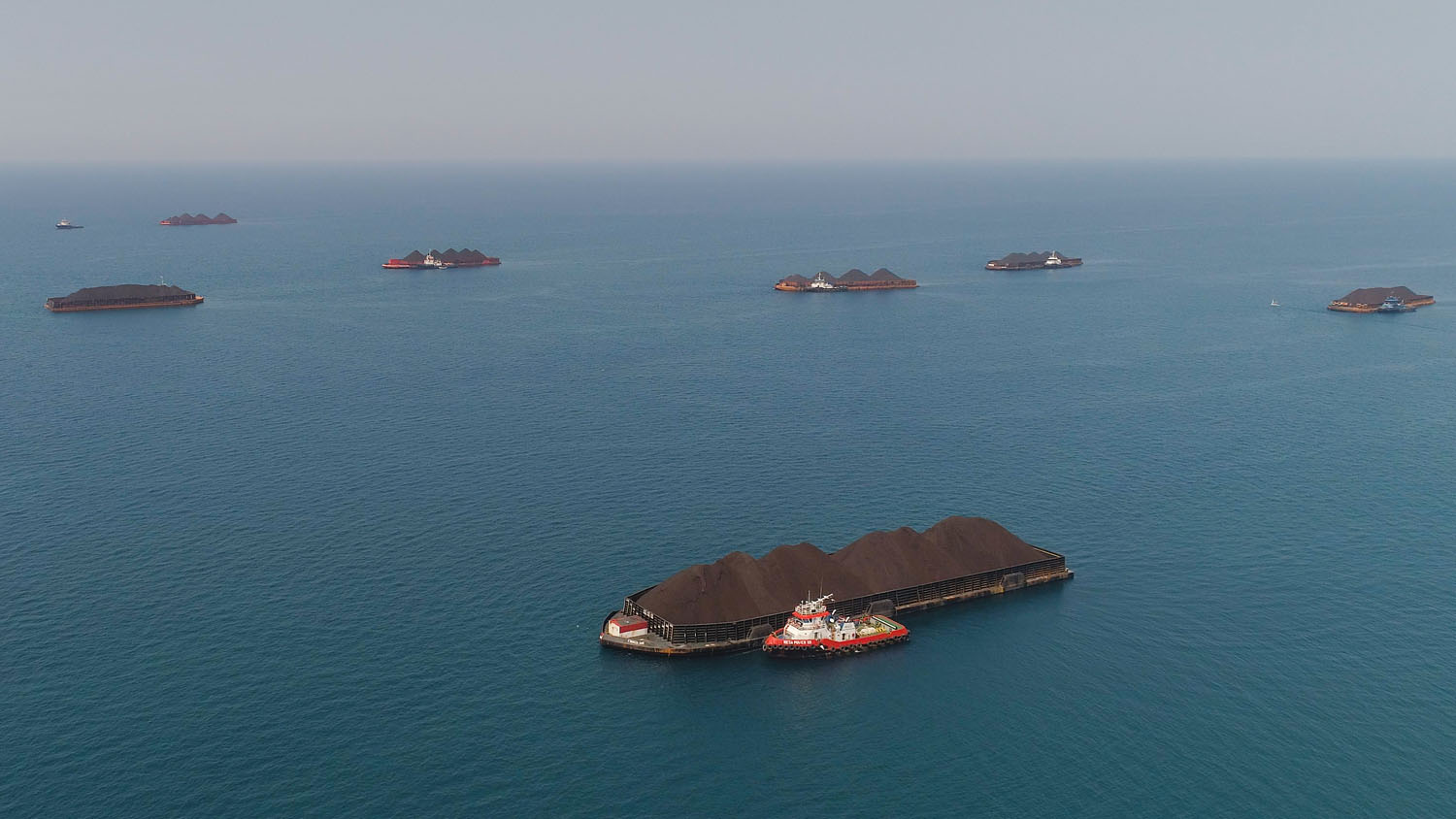
ESG and reputational risks
DSM is an example of a newly emerging activity in a natural environment which is, as yet, unexposed to industry on almost any scale. It is understandable, then, that concerns have been raised by a number of parties over the potential impacts and risks that might attend DSM.
The primary concerns are linked to the generally destructive nature of mining and the potential loss of largely untouched and little-understood habitats on the ocean floor. The “Save the High Seas” organization has identified potential adverse impacts from each of the three main deposit types which might be subject to extractive activities;
- Polymetallic manganese nodules provide habitat for suspension feeders and creatures that live on or just below the surface and which are wholly dependent on nodules for their survival. These sediment communities are known to differ greatly between areas and have extremely slow restoration rates.
- Polymetallic sulphide extraction at hydrothermal vents could entail widespread habitat removal and destruction of species. The extent of the impacts to vents and other seafloor habitats mined will inevitably be severe at the site. Mining is also expected to alter venting frequency and create sediment and chemical plumes, potentially affecting ecological communities beyond the mined site. Life forms which are disturbed or destroyed may well be endemic, meaning that mining may destroy species before they are even identified.
- The cobalt-rich ferromanganese crusts are biodiversity hotspots in the ocean, supporting complex ecosystems from their surface to their base. They are also known to be a stopping point for migratory species, which may use them as the equivalent of a motorway rest station. Any disturbance to such a finely balanced and slow-growing ecosystem is of concern. Many seamount ecosystems have already been damaged by bottom trawling and thus have lower resilience and need to be protected from further damage.
In the joint NGOP alliance letter to the government of PNG in June 2019, concerns were expressed that DSM would add another stress from unsustainable industries to already pressured environments and communities.
The remote and inaccessible locations associated with DSM have resulted in a number of industrial activists expressing concerns about oversight and/or public scrutiny. In July 2019, The Guardian quoted environmentalist Chris Packham, CBE on the prospect of deep Sea Mining who posed the question: “Are we really prepared to give the go-ahead to the mining industry expanding into a new frontier, where it will be even harder for us to scrutinize the damage caused?”
These concerns over the transparency of industrial activities at sea are reiterated in Papua, New Guinea, also, where Peter Bosip, Director, Center for Environmental Law and Community Rights, has argued in 2019 that the country’s history can show many examples of land-based mines with disastrous impacts, making the distinction that if it is difficult to monitor and regulate land-based mining, that uncertainty is only exacerbated by DSM activities.
At the 2019 Pacific Islands Forum, Fiji's Prime Minister, Frank Bainimarama called for Pacific countries to support a ten year halt on all DSM efforts. The PNG Prime Minister James Marape also added support to the proposal. Blue Ocean Law, a Guam-based NGO stated that “There is a general failure to incorporate sufficient environmental protections, as well as the norm of free, prior, and informed consent for indigenous peoples, who are most likely to be impacted by DSM. In the 21st century, and under well-established norms of international law, these omissions represent serious violations of international legal obligations”.
In reply to, or perhaps in anticipation of, the various concerns raised about DSM, The CEO of DeepGreen, Gerrard Baron, argues that DSM should be favored on sustainability grounds because land-based concerns like deforestation, explosives, toxic waste, drilling or grinding won’t be a consideration of DSM activities. Unethical mining practices, including the 40,000 children used to produce cobalt in the Congo, can also be eliminated.
Proposed Controls?
Political debate over how DSM can be regulated or controlled has been ongoing for at least the last ten years. The complex and controversial nature of regulatory action in a number of locations has demonstrated that licensing and acceptance for DSM is still subject to insecurity.
Distinctions in control are made between activities that occur within the EEZ of a county, versus proposed mining in International Waters. Under the UN Convention of the Law of the Sea and the authority of the ISA, developing countries have begun to partner with multinational corporations to license exploration in international waters in locations such as the Clarion-Clipperton geological submarine fracture zone, in the Pacific.
A 2019 report, by Mining Watch Canada claims that the ISA’s process for drafting a DSM code has been subject to “corporate capture” a process by which corporate interests are represented at the expense of other stakeholders.
Greenpeace has been critical of the existing processes which are implemented to control and/or license DSM. It is concerned with the UN-backed ISA and criticizes both its competence and intention, stating that it seems designed to prioritize resource extraction, lacks expertise in protection and its legal and technical activities are conducted behind closed doors and that, in particular, it has failed at protecting the seabed from intrusive mining threats.
Specific local regulations for this “relatively unknown industry” have been experienced notably slow development in a number of the key counties where DSM is proposed. In the Cook Islands, despite the passing of the Seabed Minerals Act in 2009, further approvals of mining activities have been delayed as the country determines how royalties from DSM will be distributed or managed.
Within the Pacific Ocean context, countries such as New Zealand have offered general support for DSM without committing to any specific extraction projects, and have proposed that their own agencies such as the Department of Conservation and the Ministry of Business, Innovation and Employment “could help Pacific countries with establishing regulatory, environmental and governance processes for seabed mining”. In New Zealand, legislation to clarify ownership and exploitation rights to resources on the seabed have meet with considerable resistance and controversy. In the period from 2004 until 2010, the implementation and subsequent repeal of the Foreshore and Seabed Act 2004 highlighted the complex and potentially unstable process of agreeing regulatory control for DSM.
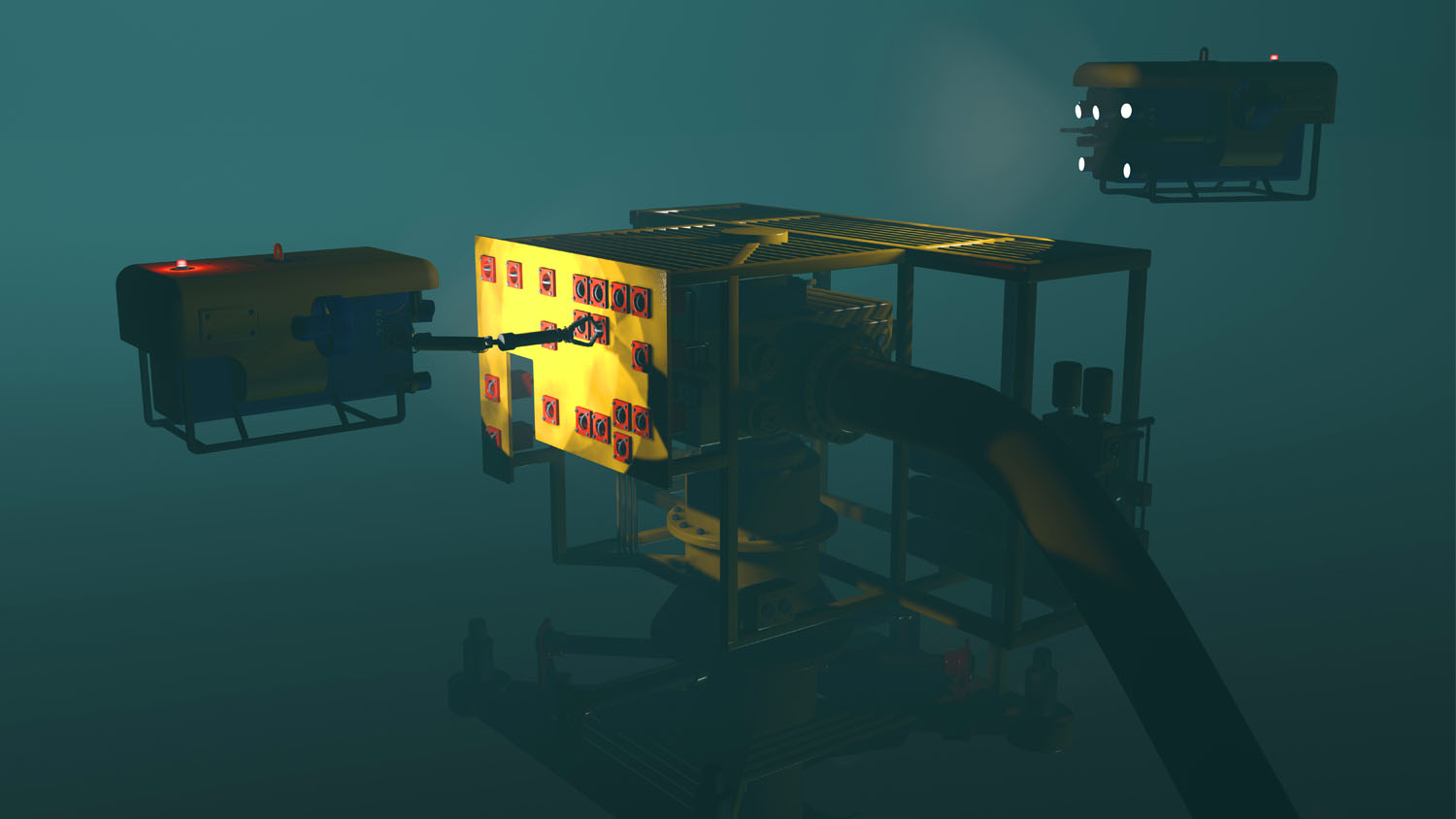
What is the link to insurance?
While mining itself is an ancient activity, the technical and engineering methods for carrying out exploration and extraction of minerals from the deep seabed are still in development. Such pioneering industrial activities are susceptible to early-adoption risks which can present insurers with ambiguities when it comes to estimating likely or potential losses.
Insurance experiences from both offshore oil and gas and marine-related (both hull and cargo) risks are likely to be directly relevant for the insurance of DSM activities. The nature of the extraction itself is not wholly dissimilar from oil and gas extraction, while the equipment and assets which are proposed for deployment in DSM activities are similar to those already insured for existing industrial clients who have Maritime operations.
The potential for extended development times, public controversy and fluid legislative environments contribute to an increased risk to implementation and licensing. Securing license and mining rights also presents the possibility of shareholder litigation exposure, as seen by the experience of the Nautilus/Solwara 1 venture in Papua, New Guinea.
DSM currently represents a sector in its infancy, with all the inherent risks associated with pioneering such large scale industry activity. Furthermore, there remains a debate about the sustainability credentials of an industry which has yet to practically demonstrate its impacts, positive or adverse.
For Allianz Global Corporate and Specialty, maintaining expertise in the technical nature of our client’s businesses, as well as being intimately aware of their social and environmental risks, is key to being an insurance and risk partner that helps to reduce uncertainty.
The role of AGCS
AGCS supports its clients to identify and assess material risks and develops recommendations on how to mitigate these risks. In a fast changing world, AGCS identifies emerging issues and develops risk management strategies.
Our consulting team is available at: AgcsSustainability@allianz.com
We are dedicated to deliver the best possible solutions to the management, control and reduction of ESG risks.
References
DeepGreen “Mission”, https://deep.green/mission/, October 2019
Deep Sea Mining Campaign, http://www.deepseaminingoutofourdepth.org/cobalt-in-cook-islands-awaits-exploitation/, October 2019
Dredging, Environmental and Marine Engineering Group (DEME), https://www.deme-group.com/news/deep-sea-mining-can-support-circular-economy
Greenpeace, , In deep water: the emerging threat of deep sea mining, https://www.greenpeace.org/international/publication/22578/deep-sea-mining-in-deep-water/
Government of Papua New Guinea, Final Budget Outcome for 2018
Guardian Newspaper, https://www.theguardian.com/environment/2019/jul/03/deep-sea-mining-to-turn-oceans-into-new-industrial-frontier, July 2019
Institute for Sustainable Futures, dscc.hifrontier.com/wp-content/uploads/2017/03/Teske_Sven_ISF-Kingston-11-July-2016.pdf, October 2019
International Union for Conservation, https://www.iucn.org/resources/issues-briefs/deep-sea-mining,
Joint Letter calling for the Papua New Guinea Government to cancel all Nautilus Minerals deep sea mining licenses and to ban seabed mining in PNG, June 2019
MIDAS Project, https://www.eu-midas.net/science,
Mining Watch Canada, Deep Sea Mining Campaign and the London Mining Network, Why the Rush, July 2019
Nautilus emerges, barely alive and impotent, http://www.deepseaminingoutofourdepth.org/nautilus-emerges-barely-alive-and-impotent/, August 2019
Nautilus Exploration, http://www.savethehighseas.org/deep-sea-mining/, October 2019
Newsroom media, NZ support for seabed mining on offer in Pacific, October 2019
NZ Foreshore and Seabed Bill text, http://www.knowledge-basket.co.nz/gpprint/docs/bills/20041291.txt, 2004
Ocean Foundation, http://www.deepseaminingoutofourdepth.org/cobalt-in-cook-islands-awaits-exploitation/, March 2014
PNG Mine Watch, https://ramumine.wordpress.com/2019/08/15/fiji-calls-for-sea-bed-mining-moratorium-as-nautilus-restructures/, August 2019
Solwara Mining Org, https://www.solwaramining.org/, October 2019
Types of Deep Sea Mining Proposed, http://www.savethehighseas.org/deep-sea-mining/
Allianz Group companies
AGCS offices
Newsletter
Keep up to date on all news and insights from AGCS

